Tip 1: What resources am I using?
Tip 2: Product life-cycle impacts
Tip 3: Would I want to make this product?
Tip 4: Local socio-sconomic factors
What are sustainable products?
There are many ways sustainability has been interpreted, in particular in relation to products and product design. Sustainable design relates not only to the environment and effects on climate, but also to social and economical effects.
Traditionally, sustainability has been where the environment, society and the economy intersect. This has allowed for products and businesses to move in and out of sustainable practices instead of operated entirely within them.
More recently though, the idea of sustainability and the relationships between the three factors has been reviewed. We now better understand that the economy exists inside the society which in turn exists inside the environment and so each impacts on the other.
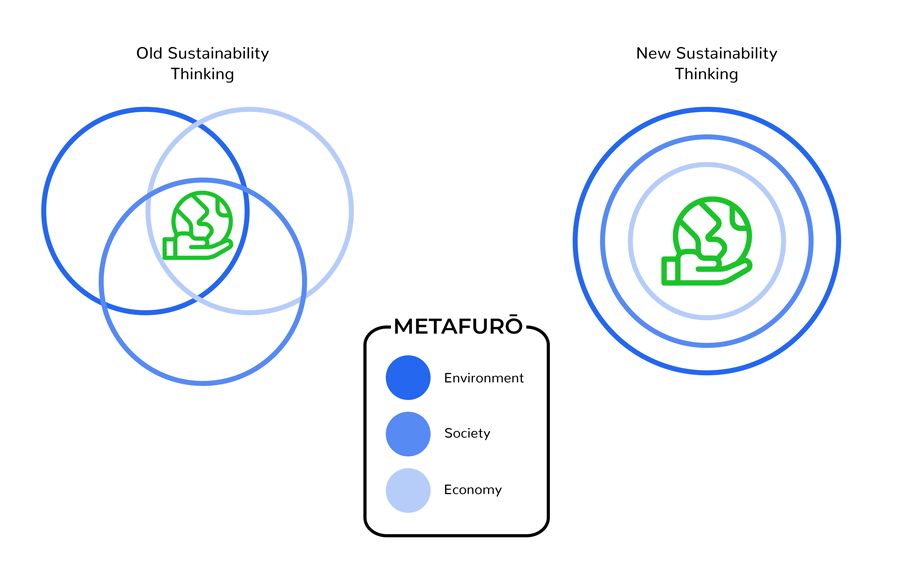
Of course to create a sustainable business, it needs to be profitable and pay for its own ongoing success.
It can be very difficult to navigate what is and isn’t sustainable production so we’ve put together 5 tips to help you design a sustainable product.
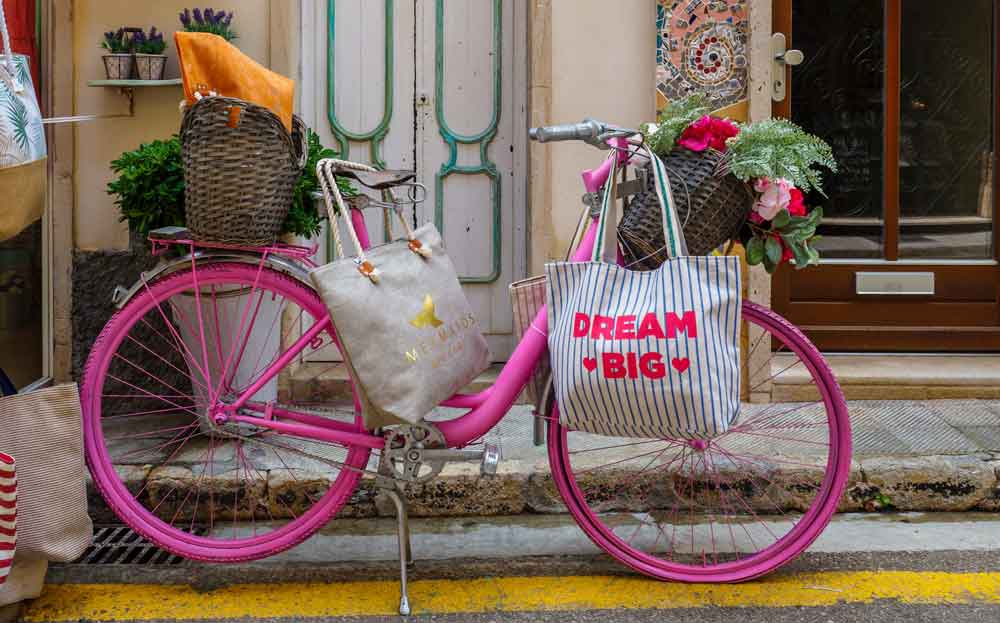
Tip 1: What resources am I using?
When designing your sustainable product, it’s important to consider the bill of materials or goods used in its production. While this may be simple from the outside, you may need to consider more than you initially thought.
For example, if you decide to use organic cotton for your product, do you know where the cotton is from, how it is farmed and the working conditions of the people processing it?
While it can be difficult to find out the true supply chain journey of your materials, there are plenty of suppliers and companies who provide transparency into this if you ask them. Better yet, some companies will even make this information available without asking.
Reuse, Recycle Reclaim
The ability for the materials or resources used to be reused, recycled or reclaimed is also important.
In order for a product to be truly sustainable, it should be able to be reused or put back into the environment in a meaningful way. This includes packaging and printing materials.
Another way to create more sustainable products is to choose goods that increase the quality and longevity of your product. Products that last longer need to be replaced less meaning less production and distribution impacts.
Svala founder, Helga Douglas, says that using environmentally friendly and sustainable fabrics for her handbags has driven everything she has done from the beginning. “The products are handcrafted from animal-friendly and PVC-free fabrics such as Italian vegan leather, Pinatex® (made from pineapple leaf fiber), cork and recycled plastic bottles.”
To read more about Helga’s story, read our Founder’s Story article How Svala is Making Sustainability Fashionable.
Natural goods side note
Where possible, try to use products that need as little processing as possible. Reducing the processing of raw materials can save you money, save energy in production and allow for easier reuse or recycling of those materials.
When applicable, make sure correct farming or production of your natural raw materials are also being adhered to.
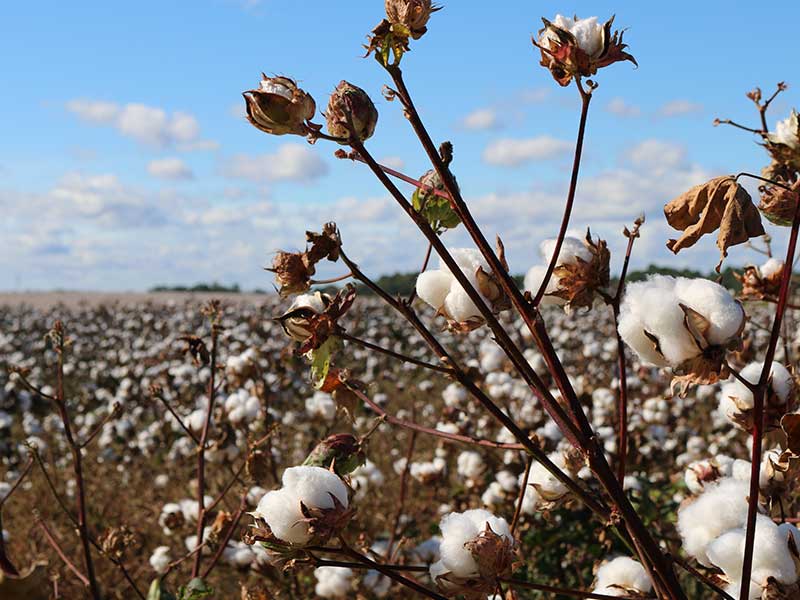
Tip 2: Product life-cycle impacts
When designing a product to be sustainable, it is important to understand the impacts on the environment the product has. This does not just include the manufacturing of the product, but also the distribution and disposal of the product.
Creating products that need less energy in their production can greatly reduce the impact that product has on climate change.
Another hidden aspect of product production that can reduce it’s level of sustainability is the amount of water used during production. Production systems that use a high amount of water can greatly impact on the local community.
Understanding the supply chain and product life-cycle benefits and impacts your product has can help you make your product design more sustainable.
“Would you want to work where your product is produced and if not, why not?”
Tip 3: Would I want to make this product?
With many documentaries and investigations into working conditions internationally, it is important to understand how your product is made. Once you know how a product is made, it is important to ask yourself two questions:
- Do I know who is making my product?
- Would I want to make this product myself?
Understanding the working conditions of the people in your product’s lifecycle can help you decide whether or not you’re happy with the product development process.
If you’re unhappy with your workers conditions, consider would you want to work where your product is produced and if not, why not?
Hazardous materials side note
While some products are currently being produced with hazardous chemicals (like batteries and light bulbs), it is important to research and discover alternatives to these materials for your new product design.
If hazardous materials do need to be used (even if you really don’t want to) make sure safety standards and good working practices are in place by your suppliers. If their safety practices aren’t up to scratch, look for a manufacturer whose practices are.
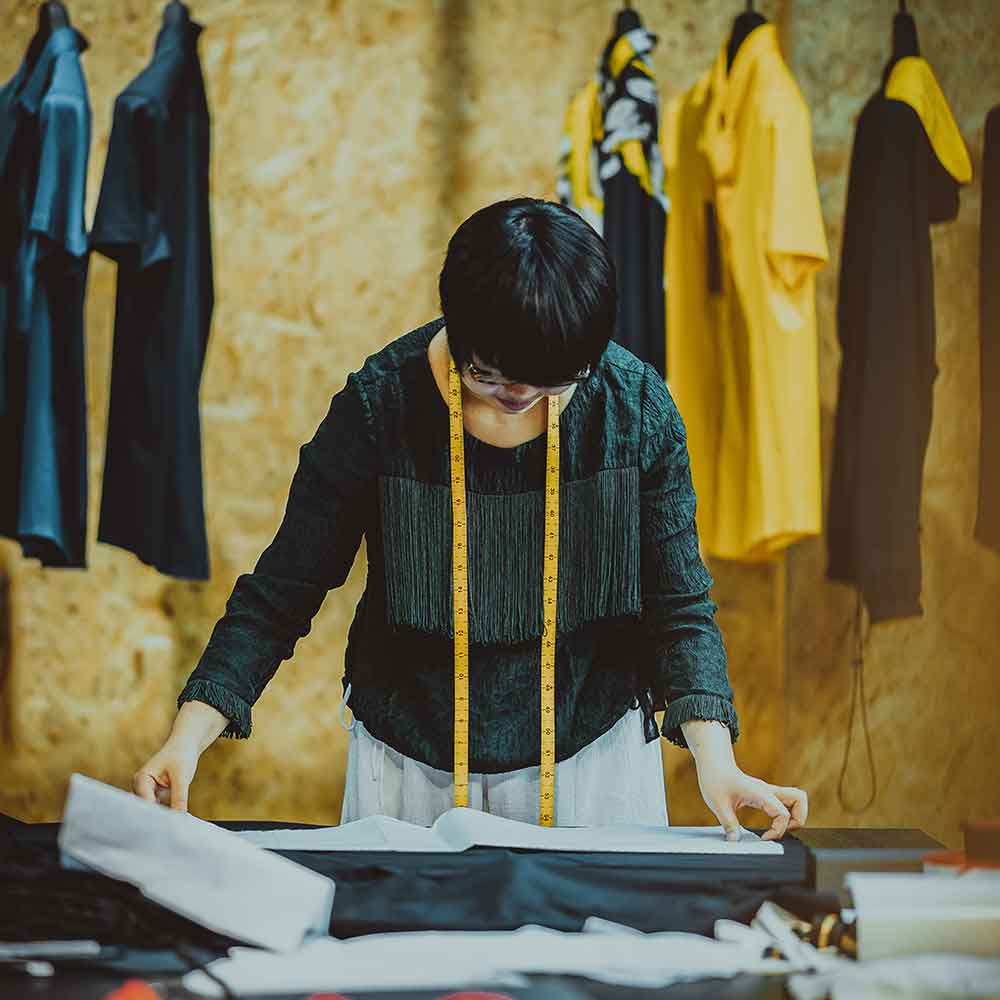
Tip 4: Local socio-economic factors
While there are a large amount of local socio-economic factors, understanding the basic ones can give you confidence in your product design. As we have already touched on, understanding your worker’s conditions and labor issues is one of the top of the list.
Your materials and goods used in production are also important to consider and making sure they are conflict free and do not exploit any members of society in their production.
Like all factors, socio-economic impact needs to be measured across your product’s entire lifecycle and not just its production.
Ensuring the disposal, reuse or recycling of your product doesn’t impact on local communities or social groups is an important aspect of sustainable product design.
Be inquisitive and ask questions!
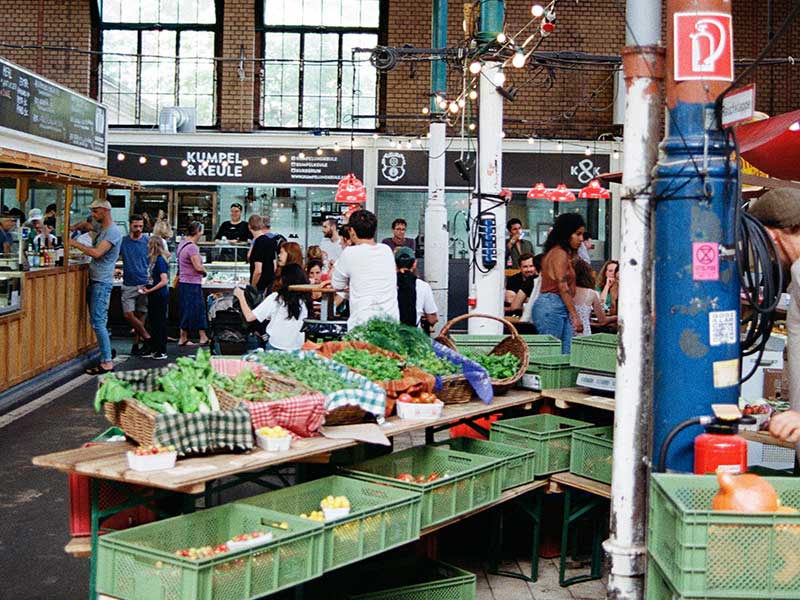
Tip 5: Understand the cost
Often times customers are caught up in the cost of a product and swayed by purchasing less expensive or cheaper items.
Some problems with underpricing a product include:
- The product may not be profitable when production and transportation costs are accounted for
- The production systems may need to reduce inputs such as workers pay and conditions or safety and quality testing to offer a lower price
- The product may not last as long due to lesser or inferior quality materials used in production
The issues can contribute to a lesser overall quality of product, materials and longevity of your product.
Consider all of your costs and price your product accordingly to ensure your product can be sustainable in the long-term.
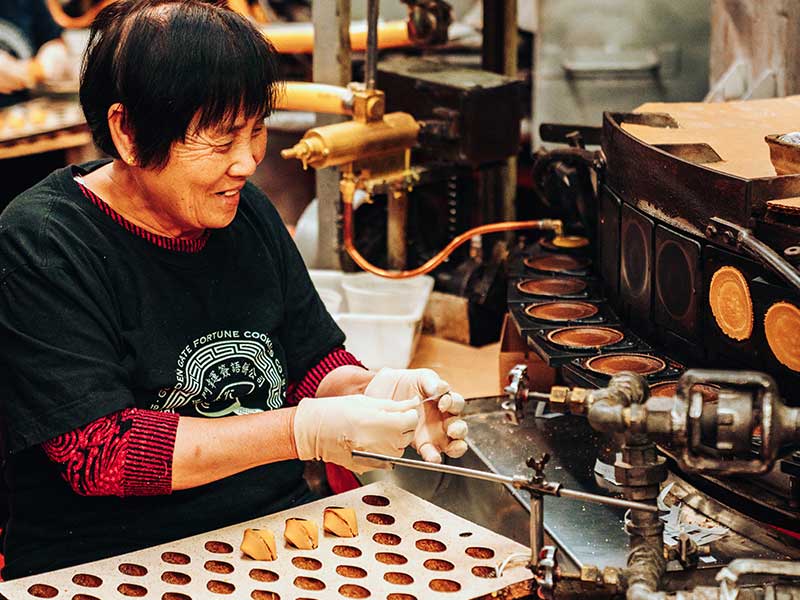
Where do you start your sustainable product design?
Now that you’ve taken into account all of our tips and considerations for your next sustainable product, it’s important to start getting ideas. Easy to use guides to help start your design process can give you a head start.
Make sure you are inquisitive and do your research into your product’s lifecycle and your product will be well on its way to becoming sustainable.
Check out our Designing a Sustainable Product Checklist below. Enter your email to download a template and start designing more sustainably today!
Product design checklist
Want to double check your product sustainability? Download our easy checklist by entering your email below!



